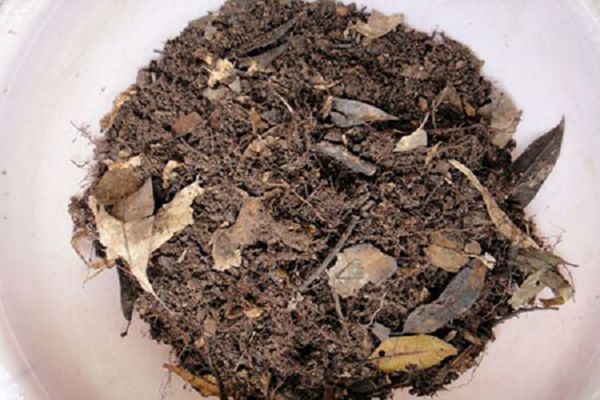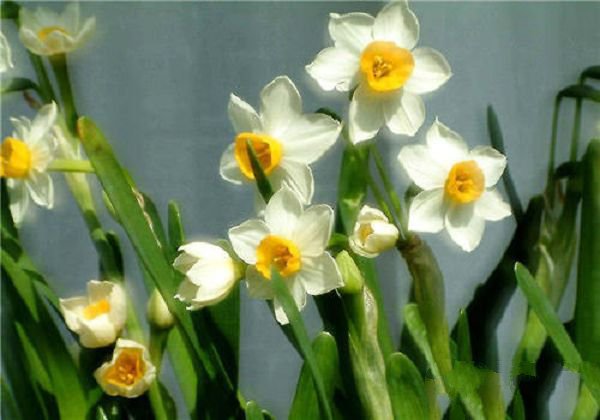Tips for judging the lack of nutrition of flowers
If the lack of nutrients occurs in flowers, there will be many signs, so measures should be taken in time.
1. Nitrogen deficiency: the plant is underdeveloped, the lower part is yellowish, and then becomes dry and brown, but does not fall off.
2. Phosphorus deficiency: the plant is dark green, the veins of the old leaves appear yellow, and the leaves are easy to fall off.
3, potassium deficiency: old leaves appear yellow, brown, purple and other color spots, leaves yellowing from the edge to the center, leaves are easy to fall off after withering.
4. Magnesium deficiency: the old leaves gradually turn yellow, but the veins are still green and the flowers bloom small.
5. Iron deficiency: the new mesophyll turns yellow, but the big leaves remain green.
6. Lack of calcium: the terminal bud is easy to die, the leaf tip and leaf edge die, the leaf tip often bends into a hook, the root system will also die, and when serious, the whole plant will die.
You can choose to change the basin and apply base fertilizer. Soil rich in organic matter should be applied when changing basins. If it is the peak period of flower growth, liquid fertilizer can be applied, usually once every 10 days.
Related
- What if the leaves of potted flowers turn yellow?
- Florescence Control of several Flowers
- Anti-freezing technology and post-freezing nursing technology of flowers
- What is the classification of flowers? What are the common methods of flower classification?
- Prevention and control of alkali and acid damage of flowers in courtyard
- Technology of Anti-freezing and restoring growth of Flower seedlings in greenhouse and greenhouse
- How does flower fertilization not hurt the root? Fertilization technology of flowers
- Key points of disinfection in flower greenhouse
- Several pesticides that are banned or used cautiously in flowers
- How to fertilize the flowers that watch the leaves?



